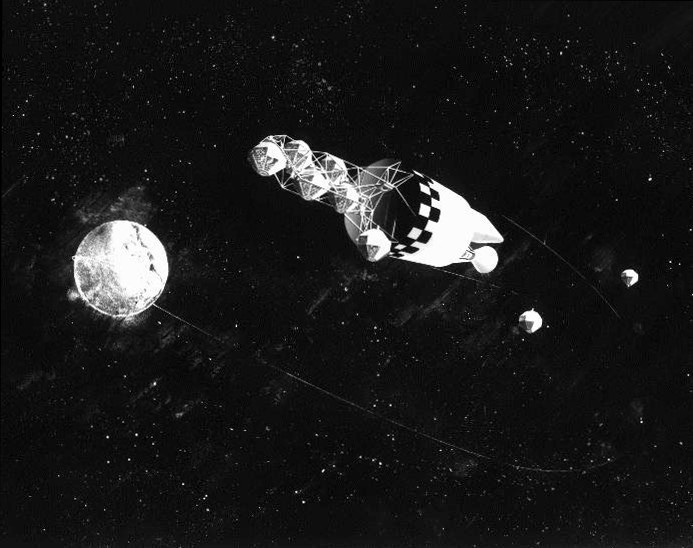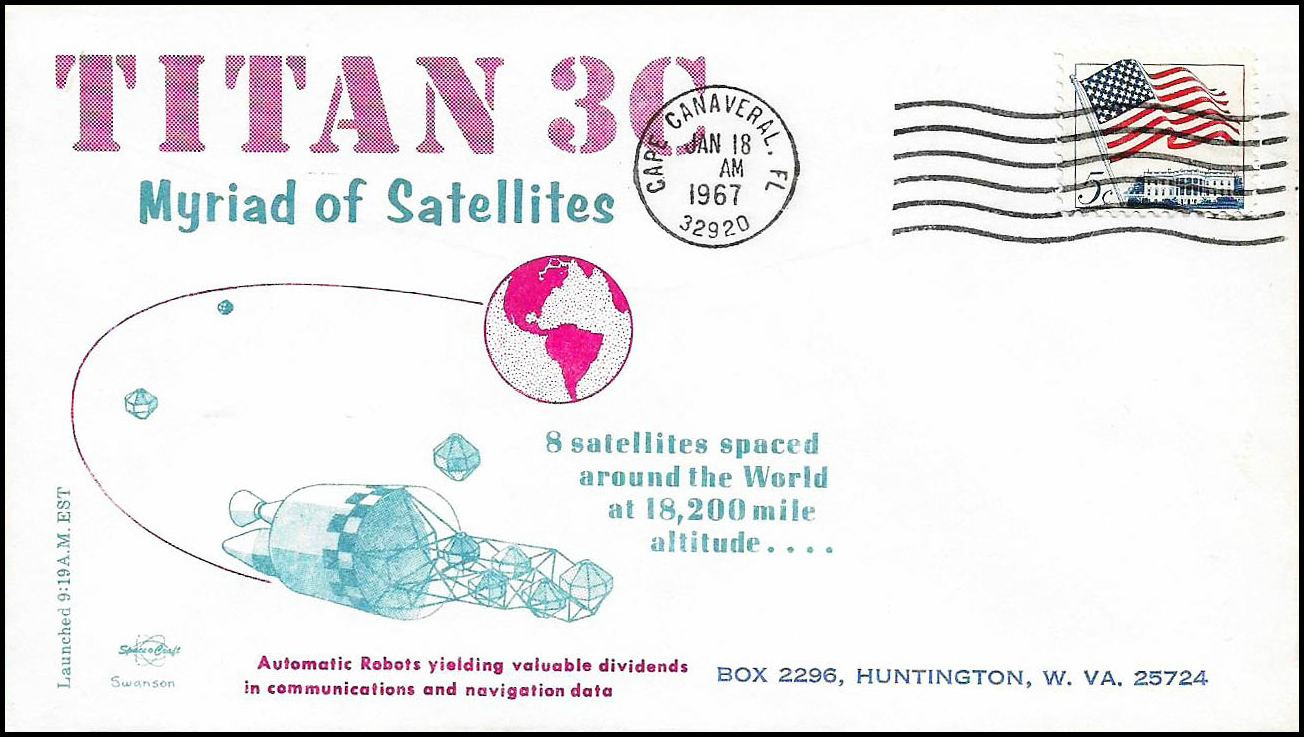Rear View Mirror: 2022
A year of spreading Design Operations and Community Strategy across agencies, start ups, and artist studios.
I wanted to give my work at DSCS a year’s review—primarily because I think doing this will continue to help answer the question about “what I do” as a community strategist and design ops person for creative tech companies, organizations, and artists. Calling it a “rear view mirror” feels apt only because, as I’ve discovered, through past reflection do we understand what we’re doing and where we’re going. And so, as I write this from my new apartment in Detroit, Michigan (after eight months of living on the road), it’s time to stir my coffee, stoke the fire, and remembered what’s happened this year.
Broad Strokes
DSCS worked with 26 clients in 2022—more than doubling our client count from 2021—across an estimated total of 1,756 hours worked this year. These clients were based in San Francisco, Detroit, New York, London, and Berlin, and ranged from a staff of just one to over 250 employees. I guest lectured at UC Berkeley’s Arts Entrepreneurship course, mentored with NEW INC, and was honored to be a visiting artist at Chautauqua Visual Arts.
But most importantly, I realized my work often acts as the “glue” across operations, strategy, design, editorial, and community teams. With scattered attentions, an ongoing pandemic, and broad reckonings with uneven, unethical, and unproductive power structures, most cultural workers continue to find themselves burned out. We narrow focus, subconsciously leaning on scarcity brain to “get us through.” The forest is tree after tree after tree (or, the funding is application after application after application).
That’s why I’ve found the work I do at DSCS to really be about gluing teams and intentions back together—while offering new systems and strategies to solve problems, pay each other, and build the present and future we want. If I can ground cultural workers and give them back their sense of direction, I’ve done my job.

Companies and organizations need creativity, too
I’ve also realized I drank the no-code stack Kool Aid. That means: learning and implementing online tools and management systems (Figma, Airtable, Canva, Notion, Gem, Miro, you name it) to make work less of a headache. These systems are how tech companies move fast, so why not implement them with creative organizations, agencies, and nonprofits?
Three examples this year come to mind. DSCS teamed up with Digital Counsel to rebuild their program management and design systems so that their artist-led advertising agency can zoom out from task-to-task, study the big picture, and go big in 2023. Building from the lessons of the work I did on the Four Day Work Week, I also worked with 92NY’s Belfer Center on their Share Our America campaign to build brand, outreach, and development templates to synch our growing cross-country team and avoid having to start anything from scratch again. And third, Primary VC and DSCS leveraged a recruiting plug-in not to find prospective employees, but for prospective funders, pulling in five figures just from two weeks’ worth of outreach.
These tools take creativity to harness. From a designer’s eye to an organizer’s mind, folding in no-code stack tools with creative team members will better ensure teams get back to seeing the forest and the trees. It reminds me of the name I chose for my consultancy: a tongue-in-cheek reference to the United States’ program from 1960-2007 that launched satellites to listen to, among others, the sounds of extraterrestrial life and spacecrafts—just look at the postcards they made that reference artist renderings:
Artists as wayfinders
Apart from helping forward-driven and -thinking artists build archives, strategic project plans, newsletters, programs, websites, and applications—I’m thinking about the brilliant Kat Mustatea, Tony Patrick, and Corine Vermeulen—I also spent time this year drilling deeper into how, and why, creative technologists should pay attention to artists working on the ground. Published across The Creative Independent, Testudo, and Public Parking, I pulled a few of my favorite quotes from this year that point toward why we need creatives and cultural workers in decision-making capacities:
American monuments often memorialize events as architectures of the past. The argument that we can’t talk about these things in raw or even humorous ways divorces us from our history and our lived humanity. Artists, collectors, and others in the art world are not separate from these experiences. We embody them, and we can manipulate them ever so slightly with the tools that we have. Sculpture has the ability to narrow the gap, and I think these pieces try to do that.
Healing Sculptures, Traveling Time: A Conversation with Leah Dixon
Steve Locke on telling the whole story
Queer spaces were originally small, safe pockets that allowed us to create different ways of communicating and relating to each other outside of heteropatriarchy. That’s why the pandemic closures were so emotional for us. Technically, as queer people, we don't have any space for ourselves. The rare spaces we do have are sources of community, and even income, for us, but they can be taken away at any time. Our income can then quickly become profit for someone else who exists outside of our community.
Kiana Hayeri on connecting to the world through your work
To me, making work has to actively consider what the materials are doing right now. Without that there is just a fantasy that lulls us into believing green energy sources are without flaw, without thinking about what you just said. I think there needs to be some sort of reconsideration of how materials act. What are the systems that bring them into being? What are the agendas behind the systems that bring them into being, and who benefits?
You can also take a look back at my last post where I pulled interviews from Tony Patrick and Sharon Loudon on administration as art, but in sum, artists are constantly considering the systems around us and imploring us to reconsider the ones that aren’t working or never really worked in the first place. If directors at companies, boards at orgs, or even founders at starts up considered their words, I swear we’d have fewer things in the world we don’t need—and more things that we do. And after looking through the rear view again, I’ve realized DSCS itself is an opportunity to engage in artist-led strategic thinking. DSCS, in a way, is a piece of my own practice as an artist.
A Detroit takeaway
I started a mix for the Minneapolis-based series Flyover with a recorded interview with Detroit-based activist Grace Lee Boggs, and only know have I realized how deep her quote has taken root into my practice:
Boggs: [A garden] helps young people to relate to the earth in a different way. It helps them to relate to their or elders in a different way. It helps some to think of time in a different way.
Interviewer: How so?
Boggs: well, if you just press a button, and you think that's the key to reality, you're in a hell of a mess as a human being!
It’s not just the trees or the forest that do the work: it’s the roots, mycorrhizal networks, animals, elements, and humans working as a collective concert. I’m excited for 2023 and the possibilities to fold these learnings and lessons into the work we do, together.
Thank you to everyone, most importantly, who brought me into their work this year (in alphabetical order):
Richard Andrews, Paula Arrigoni, the entire Common Field team, John Dennehy, Rehana Esmail, Patton Hindle, Shelley Hoy, Ndidi Iroh, Jon Leland, Sharon Loudon, Elise McCave, Kat Mustatea, the entire NEW INC team, Jessica and Evrim Oralkan, Tony Patrick, Josué Rivas, Adam A Schomer, Rebekah Shrestha, Jenny Slattery, Brandon Stosuy, Katheryn Thayer, Corine Vermeulen, Kirby Voigtman, Connor Sen Warnick, Michelle Woo, and Marcella Zimmermann.
xx
Daniel






